If any of this seems familiar, it may be because it’s expanded from a reply I wrote in the comments section of an io9 article about Interstellar. The original article is HERE — my comment is… buried somewhere underneath.
As a heads up, this post deals in minor spoilers for Watchmen and MAJOR spoilers for Interstellar. I basically give the whole plot and ending away, though not the minutiae of it. So…
BIG FAT SPOILER ALERT!
You’ve been warned.
Ever since Interstellar debuted, it’s had its share of critics, most of whom took issue with the movie’s ending and the perceived plot holes, paradoxes, and “schmaltzy bullshit” contained therein.
This article addresses one oft-repeated criticism which takes aim at the movie’s “time travel” elements and the supposed paradox created by the ending.
My goal is to explain, in the clearest way possible, why there is no paradox — and, in fact, no time travel — in Interstellar.
My teaching aid: none other than The Most Celebrated Graphic Novel of All Time™
Watchmen
In order to really grasp what’s happening in Interstellar, you need some small, basic understanding of what “dimensions” are. I’m going to try to explain this, as I understand it, in the most simplistic way possible — sciencey people, feel free to correct and/or deride me.
Dimensions are spacial and temporal measurements that allow us to perceive our universe.
1 Dimension is a straight line. Only its length is measurable.
2 Dimensions is a square. It has both length and width.
3 Dimensions is a cube. It has height, width, AND depth. 3D makes the world (and Avatar) pop out at us.
4 Dimensions is time. Height, width, and depth in a constant state of change.
As 4-dimensional beings, we perceive 3D objects moving and changing through space (here to there) and time (now to then).
It is theorized that beings of higher dimensions are able to perceive all new values of measurement; specifically that time, to them, may be a construct they can perceive objectively from the outside, rather than subjectively, from within.
(I told you this would be simplistic.)
Now, how does this all relate to Watchmen?
This guy:
(After the cut, we get Manhattany…)
Dr. Manhattan is a being not unlike the 5-dimensional beings in Interstellar. He sees time, not as a forward-flowing current, but as the inner workings of a watch…
All these tiny, precisely calibrated pieces (events), assembled in a specific order (timeline) that makes the watch (time) move — not forward, but in a self-contained clockwork circuit, every piece moving all at once.
We 4D humans ride from one cog to the next, unable to step outside and view the totality of the construct known as Time objectively. Dr. Manhattan can SEE its totality, but is still subject to its turnings. He experiences every pivotal event in his life simultaneously, and he can do nothing about it because the moment of its occurrence takes place at the exact same time as the moment immediately following it.
It’s already happened. It has always happened. It’s happening right now.
Dr. Manhattan spends all of Watchmen seeing his romances simultaneously spark and fail, seeing lives taken, witnessing tragedies and atrocities, and he can do nothing about it, because one cog must connect to the next must connect to the next, and the clockwork keeps turning. Cause (cog turns), effect (pin spins), cause (second-hand ticks), effect (minute-hand ticks).
In Interstellar, we are presented with the idea of humans who have evolved into 5-dimensional beings. They exist outside the confines of the construct known as Time. To them, time is like the watch, and they are, essentially, the watchmakers (I know this is a messy analogy, but it’s more about the imagery than the context).
Dr. Manhattan KNOWS he’s going to break Janey Slater’s heart, but is unable to keep from doing it because the timeline already exists and he’s just following a predetermined path. The story of Interstellar is also following a predetermined path, in which 4D humans must experience time chronologically until the point at which they evolve into 5D humans, and only then do they see that the miraculous occurrences that influenced the course of their lives were brought about by their own higher selves (or, technically, the descendants look back on their ancestors etc., etc., you get the point).
They see the totality of events, and know exactly where to make the necessary adjustments (placing the wormhole, contacting Murph, creating the tesseract), because they have already done it; they have always done it; they are doing it right now.
The only reason we, the audience, perceive a paradox is because we’re working from an outdated understanding of the universe compared to what exists in the story (and possibly, hopefully, in real life).
It’s a complicated concept that calls into question everything we think we understand about time, consequence, free will, the universe… everything! That’s what makes it good sci-fi.
This is why I say Interstellar has no paradoxes, no causality loops, no time travel. Time travel is a 4-dimensional concept; it doesn’t have the proper complexity to explain what is actually happening in the story. Even this convoluted explanation of mine only scratches the surface, because I had to explain it in terms that acknowledge the passage of time outside of time.
In the 5th dimension, they probably have all new words and grammar to describe these things.
Can’t wait to experience it for myself!

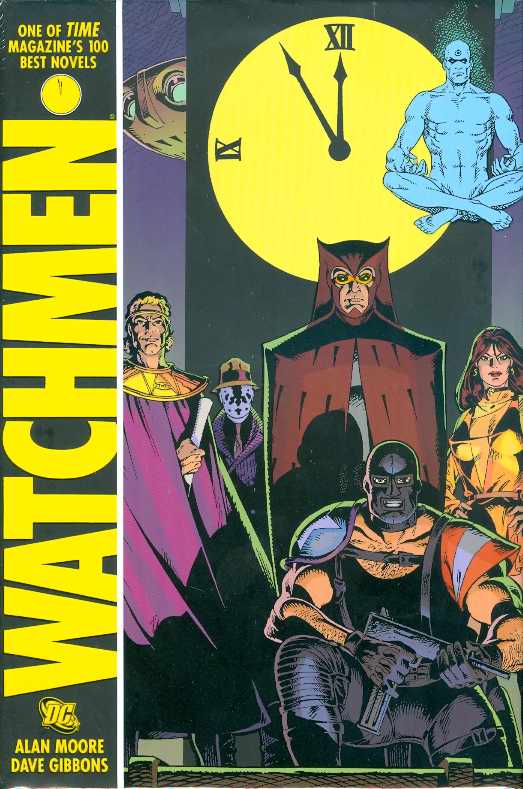
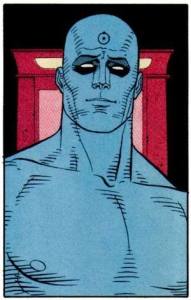

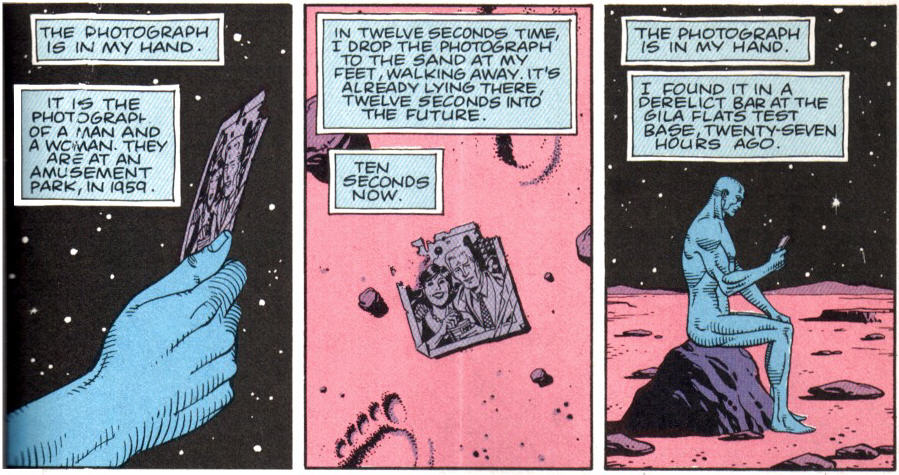
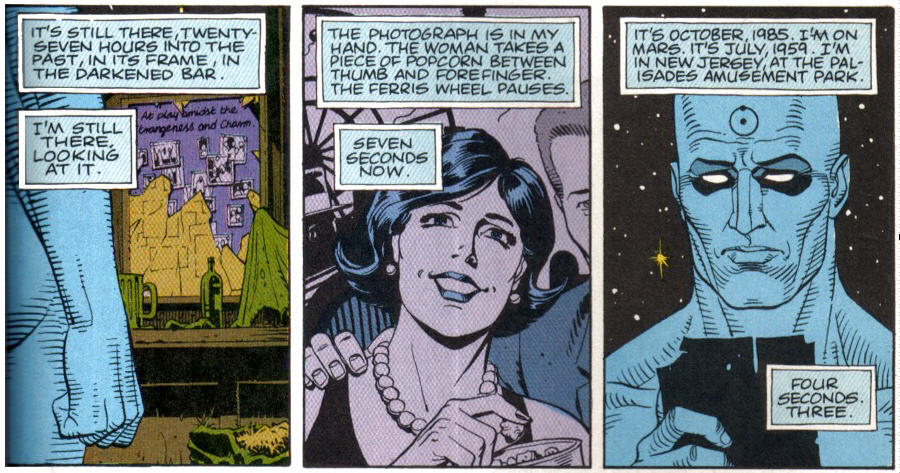
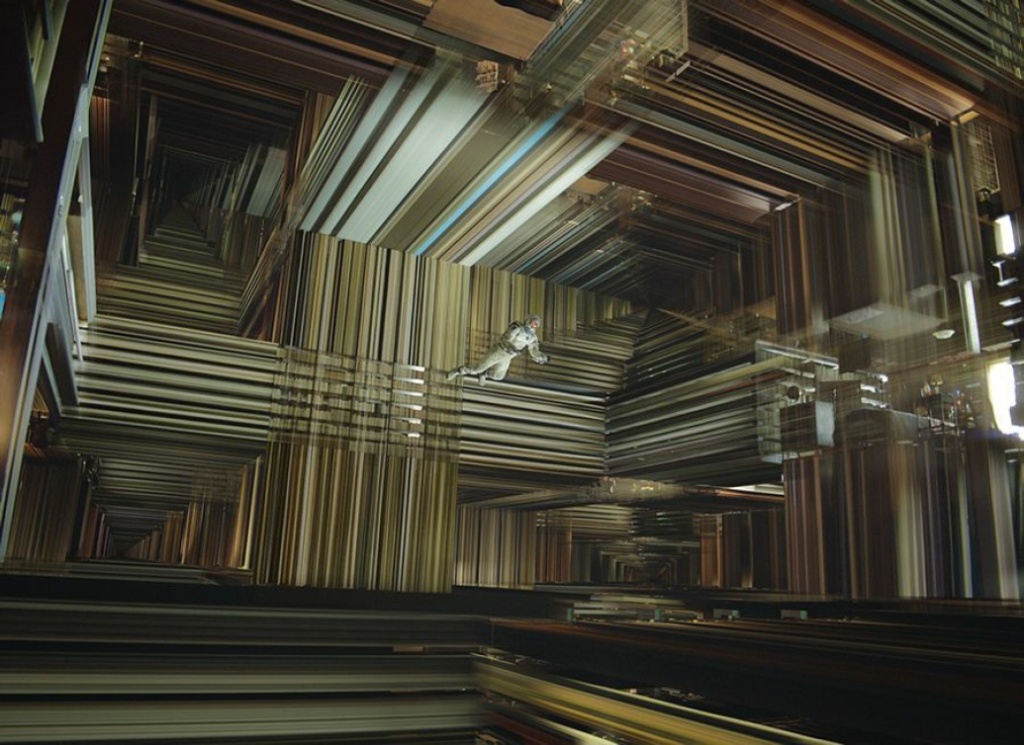





Way cool. I like a good consideration.
I mean, what would a being look like who not only perceives all of space/time all the time but knows every fraction so intimately as to inhabit it fully? Wouldn’t they have to have incredible discipline of their perceptual filters in order to function in a specific focus in space/time? If this level of awareness is possible, then what IS it? A kind of awareness that is conscious of and therefore as everything that exists in every dimension of space/time–what is that?
I’m going to propose that it is The Consciousness–that there can be only one, by its very nature, and that there is indeed one, by the overwhelming evidence of millennia of human experience. And, just maybe, it is the future of humankind to live consciously as that.
In the scenario I am proposing, most of humanity are presently wearing MAJOR perceptual filters. Otherwise, I think we’d be noticing that there is only one Consciousness, and we ARE it. As are the planets, frogs, trees, cars, computers, daisies, etc.
So, therefore, OF COURSE, all the events in Interstellar are logical. They adhere to their interior logic. They’re only a tiny fragment of the Whole, which is a lot more of “wibbley wobbley timey wimey stuff” (as one commenter suggested), than our poor parcel of the heavily filtered Whole will allow. The folks in the Interstellar story have opened their filters more. Cool.
It makes you wonder about the absurd agreements of self-limitation our society has accepted as defacto.
It makes me want to explore.